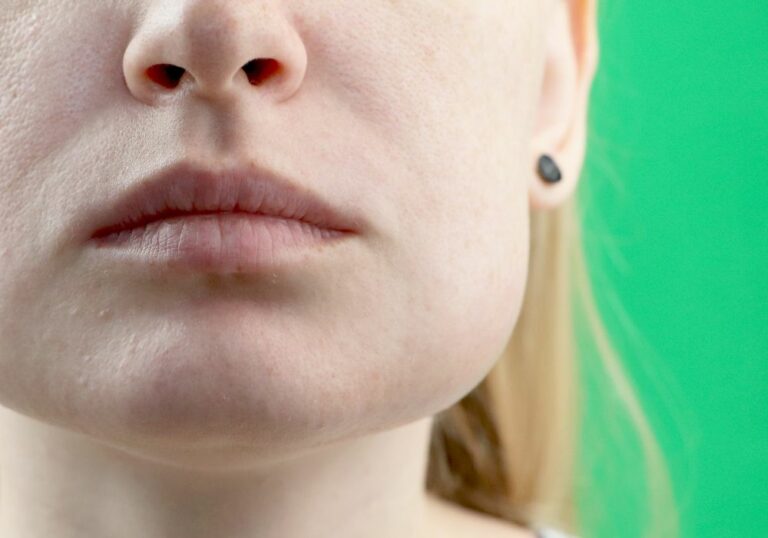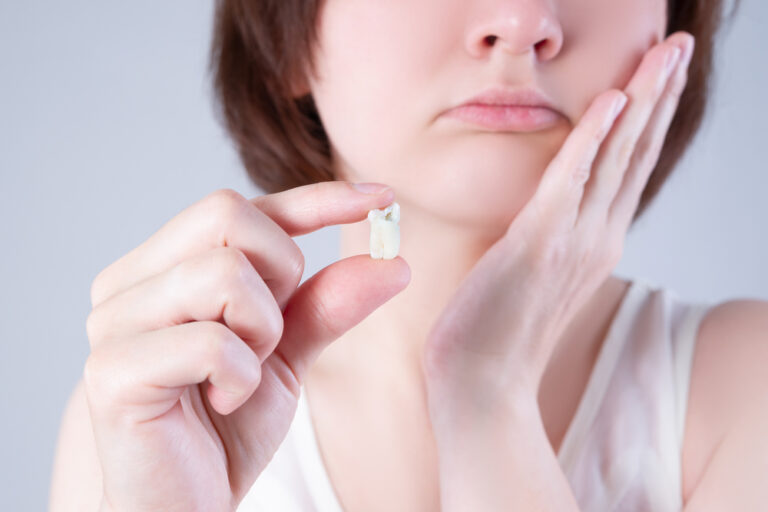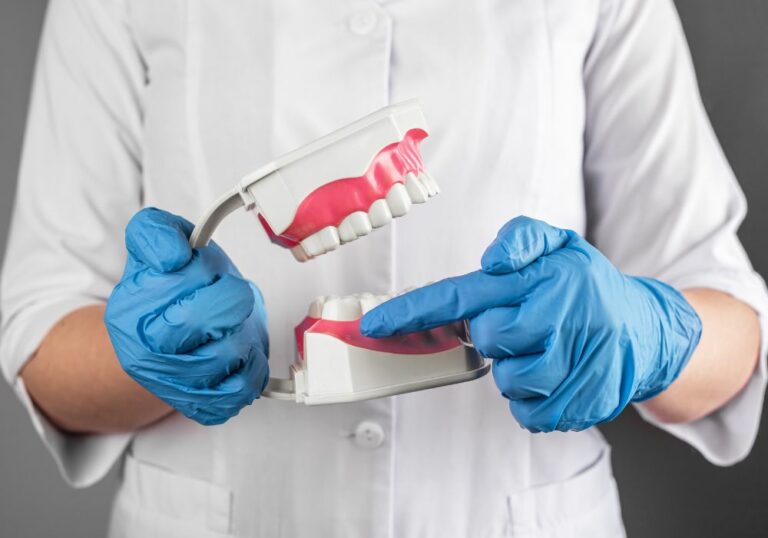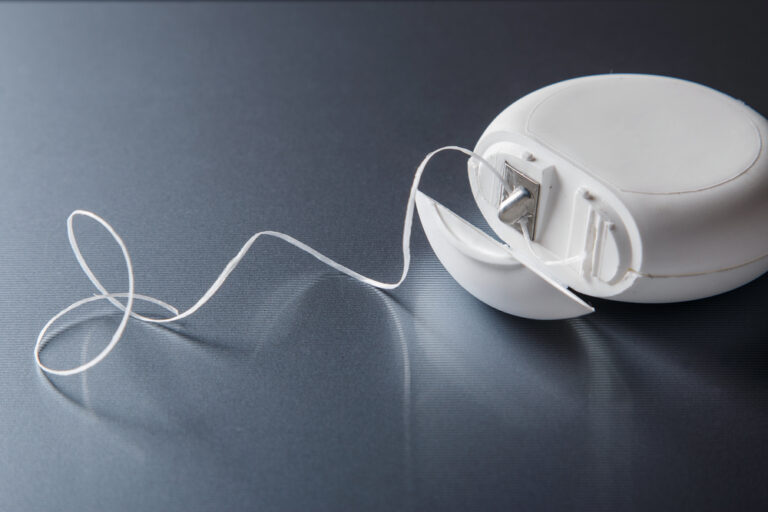Losing a tooth is an unpleasant life event that most people want to avoid. But sometimes, even with root canal treatment, a tooth that initially seemed savable ends up needing to be extracted. This often happens when an endodontically treated tooth becomes reinfected or requires retreatment.
Understandably, this leads many patients to wonder – could the roots have grown back, necessitating additional treatment? Let’s dive deeper into the anatomy of roots, what happens during root canal treatment, the healing process afterwards, and factors that influence the prognosis and longevity of endodontically treated teeth.
Tooth Root Anatomy
Teeth are secured in the jawbone by roots extending into the sockets. Roots provide anchorage and nourishment to teeth.
Composition
- Cementum – Mineralized tissue covering the outer root surface. Less hard than enamel. Helps attach periodontal ligament fibers to the root.
- Dentin – Hard, calcified tissue forming the bulk of the root. Less mineralized than enamel with microscopic channels called dentinal tubules.
- Pulp – Soft connective tissue containing blood vessels, nerves and lymphatics. Found in the pulp chamber and root canals.
Root Types
Teeth have different numbers and configurations of roots depending on their function:
- Incisors – Single conical root.
- Canines – Single sturdy root, longest in the mouth. Helps anchor teeth.
- Premolars – Usually two roots, sometimes fused into one.
- Molars – Two or three roots. Upper molars have three roots – one palatal and two buccal. Lower molars have two roots – one mesial and one distal. Additional root variations are also possible.
Key Functions
Tooth roots enable teeth to:
- Anchor into the bone through the periodontal ligament
- Transmit sensory stimuli like temperature and pressure
- Provide avenues for nutrition to reach the dentin and pulp
Root Canal Treatment
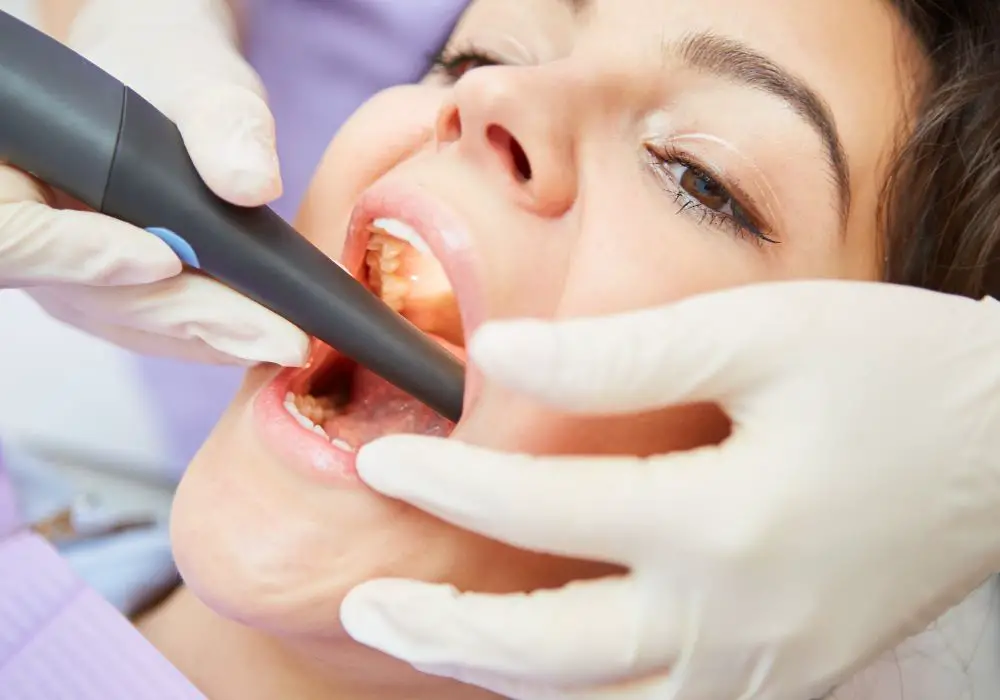
Root canal treatment removes infected pulp tissue from inside the roots to save the tooth from extraction.
Reasons for Root Canal Treatment
- Deep dental decay
- Trauma causing pulp necrosis
- Fractured teeth splitting the pulp
- Prior repetitive dental procedures
Root Canal Procedure
- Access the pulp chamber and locate root canal orifices
- Remove pulp tissue fragments and debris
- Shape canals with files to facilitate disinfection
- Disinfect using irrigants like sodium hypochlorite
- Fill canals with inert rubbery material (gutta-percha)
- Seal access cavity with temporary then permanent restoration
Goals are to thoroughly clean, shape, disinfect and fill the entire root canal system while preserving surrounding tooth structure.
Healing After Root Canal Treatment
Healing begins immediately after root canal treatment and can take 6-12 months to fully complete.
What Heals?
- Apical periodontitis: Inflammation at root end caused by pulp infection. Resolves through elimination of bacteria.
- Bone loss: Osseous defects from inflammatory resorption heal via deposition of new bone.
- Periodontal ligament: Returns to normal width once infection is eradicated.
- Lamina dura: Radiopaque line around roots regenerates.
- Periapical lesions/abscesses: Heal through deposition of bone cells.
What Doesn’t Heal?
- Nerves: Removed sensory pulp tissue does not regrow.
- Blood supply: Vitality cannot be restored.
- Dentin: Cannot regenerate or heal once damaged.
- Pulp tissue: Does not regenerate after necrosis and removal.
Normal features like the periodontal ligament and lamina dura regenerate after root canal treatment. But the vital pulp does not return.
Factors Affecting prognosis
Multiple factors impact the long-term prognosis of endodontically treated teeth:
Successful initial treatment
- Complete elimination of bacteria, inflammation and infection
- Proper canal cleaning, shaping, disinfection and obturation
- No iatrogenic errors like perforations, ledges, or instrument separation
Adequate coronal restoration
- Prevents bacterial recontamination of canal space
- Protects tooth from fracture
Tooth type and location
- Anterior teeth have better outcomes than molars
- Teeth vital to function have lower extraction rates
Patient factors
- Oral hygiene maintenance impacts success
- Medical conditions like diabetes influence prognosis
Careful treatment, proper restoration, and good oral hygiene optimize outcomes for root canal treated teeth.
Can Roots Regenerate After Treatment?
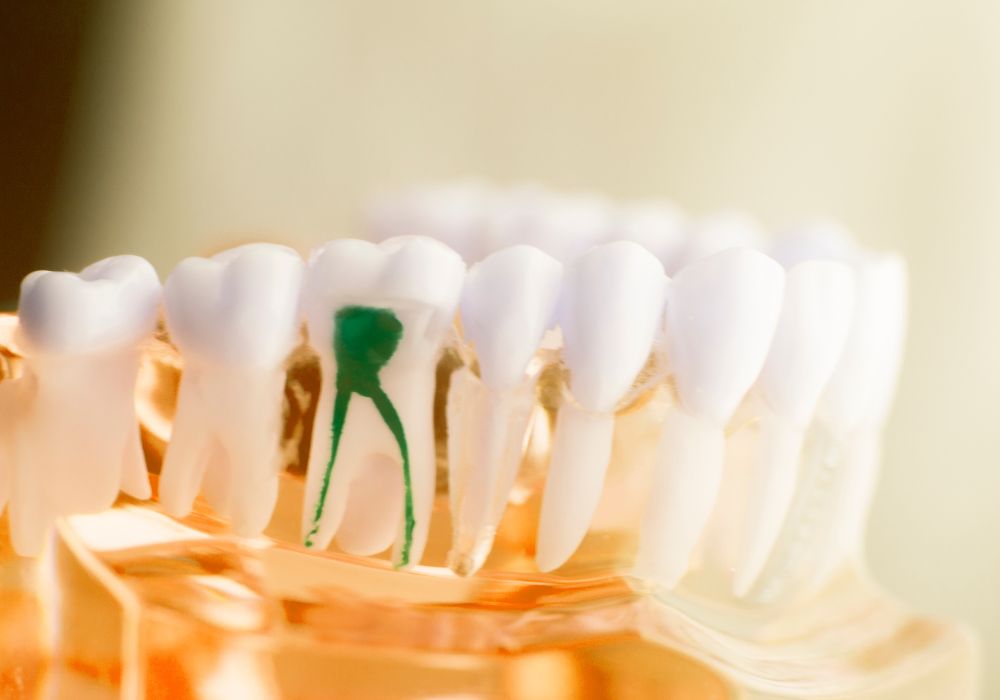
Pulp tissue removed during root canal treatment does not regenerate or grow back inside the cleaned and filled canals. Here’s why:
- Pulp contains live cells needed for regeneration. These are removed during treatment.
- A good blood supply is needed to deliver nutrients and oxygen. But the apical blood vessels are severed during pulp extirpation.
- Dentin and cementum are inert, so they cannot participate in healing or regrowth of tissue.
- Filling material seals off all avenues for tissue in-growth.
However, in some cases the bone around root tips can proliferate into small defects:
- Apical resorption may allow bone deposition at canal terminus.
- Accessory canals can permit periodontal cell growth into defects.
Overall, significant pulp regeneration does not occur after root canal therapy. Bone may fills accessory defects but cannot replace vital pulp tissue.
Conclusion
Root canal treated teeth cannot regenerate new pulp tissue inside the cleaned and filled canals. While bone may potentially fill accessory defects near the apex, significant pulp regeneration does not occur. However, tissues around the root like the periodontal ligament do heal and regenerate after successful root canal treatment. With proper restoration and care, endodontically treated teeth can function normally long-term without needing retreatment. Regular dental exams help maintain the health of root canal treated teeth.
Frequently Asked Questions
Why would a root canal treated tooth need retreatment?
Reasons for root canal retreatment include:
- Residual bacterial infection
- Canal anatomy was inadequately identified/treated
- Defective coronal restoration allowing reinfection
- Undetected cracks or fractures
- New trauma caused another infection
What is the success rate of initial root canal treatment?
With modern techniques, initial root canal treatment has a success rate of over 90% based on radiographic healing and lack of symptoms. Proper instrumentation, disinfection, and obturation improve success.
Can an extraction site completely heal and regenerate?
Yes, after tooth extraction the socket fills with blood clot and is gradually replaced with woven bone by osteoblasts. This is later remodeled into mature lamellar bone. The site can completely regenerate normal bone structure.
Do root canal treated teeth require special care?
They require timely placement of a definitive coronal restoration. Also, be gentle when chewing since these teeth become more brittle without the pulp’s moisture and collagen. Otherwise they can function similar to natural teeth.
What causes a root canal treated tooth to die?
Causes include fracture from trauma or decay under a leaking restoration, untreated canal anatomy, coronal leakage from defective restoration, and recurrent decay introducing new infection. Annual x-rays help detect issues early.

